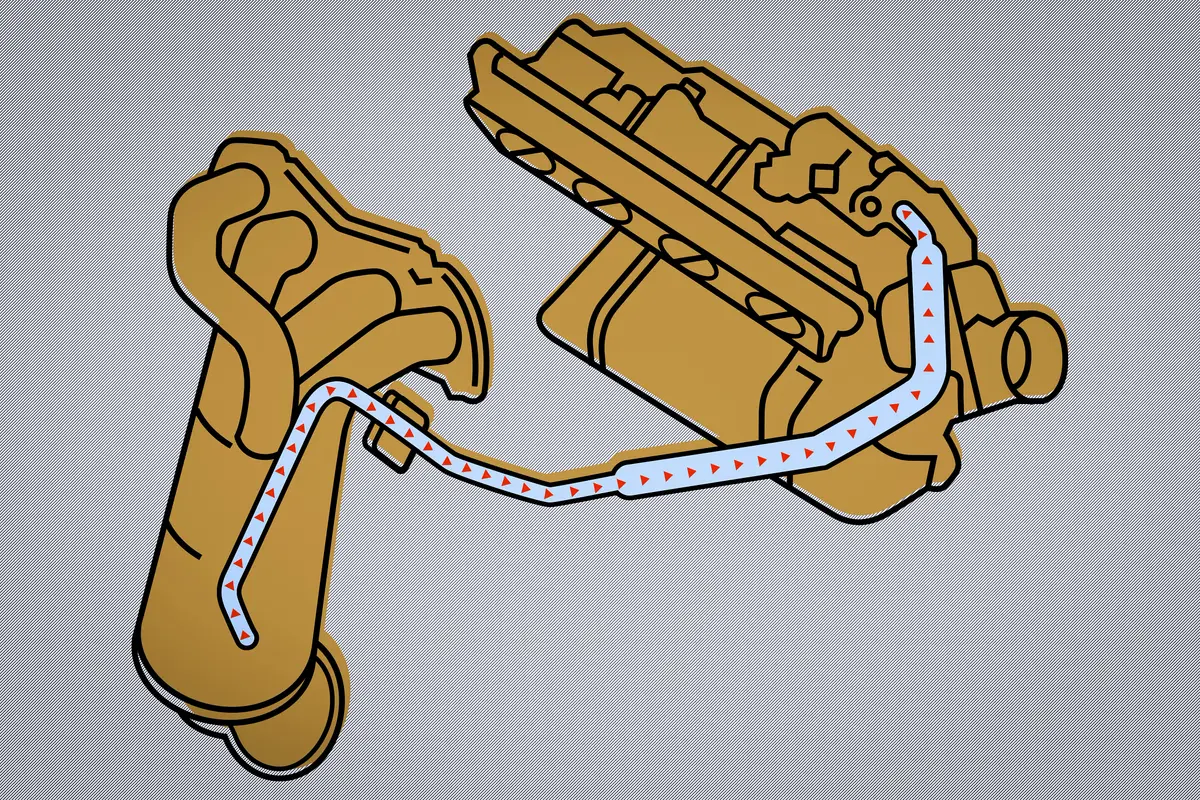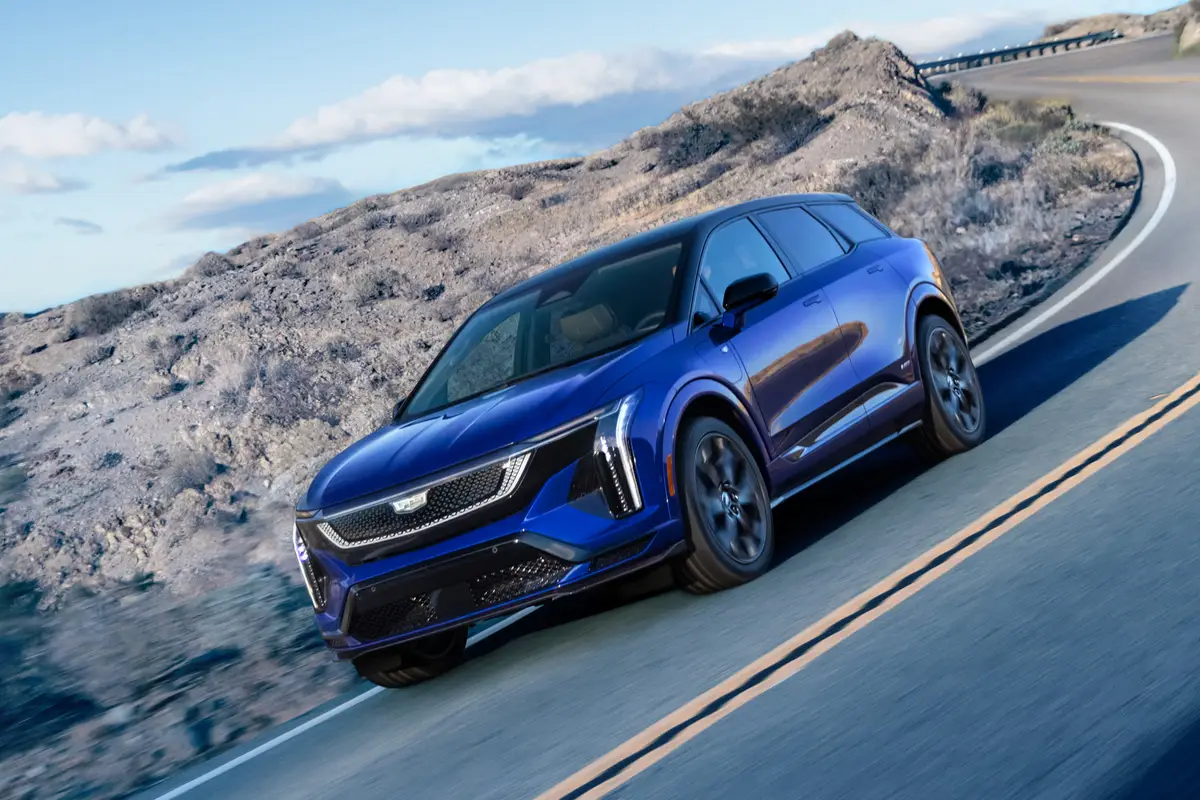Star-Telegram.com's view
The newest version of the popular Subaru Outback has arrived for 2008. This is the continuation of the vehicle introduced for 1995 and billed by Subaru as the world’s first sport utility wagon.
The Outback was ahead of its time, as it’s now clear that it was the first true crossover utility vehicle – despite Toyota’s claim to have created that genre with the 1996 introduction of the RAV4.
Nobody knew to call either of these vehicles a “crossover” until years later, however. They were just small SUV-like vehicles built on the chassis of cars.
At the time of the Outback’s arrival, Subaru and other manufacturers were scrambling to compete in a market that was going crazy over the new truck-based sport utility vehicles, whose sales began in earnest with the introduction of the Ford Explorer in fall 1990.
Subaru, with no trucks in its lineup, took its Legacy midsize sedan/wagon platform, and created a new beefy-looking wagon it dubbed the Outback.
To bolster its image as a real into-the-wilds sort of vehicle (like those popular SUVs), Subaru signed up Australian actor Paul Hogan, as “Crocodile Dundee,” to promote the Outback.
It was an overnight success, and has been outselling the Legacy sedan model ever since. The Outback name also was later given to a beefed-up Legacy sedan, and an even beefier-looking version of the smaller Impreza wagon. But for 2008, only the Legacy wagon version carries the Outback name; the sedan version is gone.
The Outback is still a worthy competitor to the other pioneering mini-crossovers, the RAV4 and the Honda CR-V, which followed the RAV onto the market for 1997. It can be argued that the Outback is by nature a better utility vehicle than the base versions of the RAV4 and CR-V, because all Outbacks come with all-wheel drive; that’s an option on the Toyota and Honda models. (Subaru includes all-wheel drive as a standard feature on all of its U.S. models.)
This year’s makeover isn’t dramatic – the vehicle still has the same body style and is instantly recognizable as an Outback
But for 2008, the Outback comes with a slightly redesigned exterior that includes new front sheetmetal, a larger grille opening, new front and rear bumpers, and new headlights and taillights.
Inside, there are a few changes as well, including a new instrument panel and revised seat fabrics. A telescopic steering wheel and an ignition key with built-in remote are standard now.
Outback models start at $22,640 (including freight) for the base model with a five-speed manual gearbox, and $23,640 with a four-speed automatic.
Those come with a normally aspirated 2.5-liter four-cylinder boxer engine (in which the cylinders are horizontally opposed, two on each side). It’s rated at 170 horsepower and 170 foot-pounds of torque.
Prices range as high as $34,840 for the top-of-the-line 2.5XT Limited model with navigation and electronic-stability control, which is the version we tested.
Under the hood of this model is a turbocharged version of the 2.5-liter engine, rated at 243 horsepower and 241 foot-pounds of torque.
Also offered is a normally aspirated 3.0-liter six-cylinder boxer, with 245 horsepower and 215 foot-pounds of torque. It comes in the special L.L. Bean Outback models, priced at $32,140 with stability control only, and $34,140 with the nav system and stability control.
Our turbo four, with the higher torque rating, is the most fun to drive, especially with the five-speed automatic sport-shift transmission that’s included in the price of the XT Limited.
This gearbox can do all the shifting for you, or you can put it in manual mode and shift gears yourself using the paddles on the steering wheel (without having to worry about a clutch, of course).
It’s a kick to drive, thanks to that engine, the sport transmission, and Subaru’s Intelligent Drive system, which allows for putting the vehicle’s electronic throttle control system into a sport mode for what Subaru calls “lightning-quick throttle response” for “more power sooner.”
Also included with the 2.5 XT Limited is Subaru’s best all-wheel-drive system, which includes variable torque distribution. This feature normally sends more power to the rear wheels “to enhance handling agility,” Subaru says, and “continuously adjusts power distribution in response to driving and road conditions” – automatically, with no driver input required.
The Outback has seating for up to five people; unlike the RAV4, there is no third seat offered. But the CR-V doesn’t offer a third seat, either.
With no third seat taking up space, there is a 33.5 cubic-foot cargo area.
Our XT model, as well as the L.L. Bean six-cylinder versions, have unique fog lights and wheels. On the XT, the wheels are 17-inch aluminum alloy; base models come with 16-inch wheels.
Safety features, besides the stability control and standard traction control, include front seat-mounted side air bags, as well as roof-mounted side-curtain air bags for both rows of seats. There are three-point seatbelts in all positions, active head restraints for the front bucket seats, and antilock brakes are standard. New for 2008 is a standard tire-pressure monitoring system.
The Insurance Institute for Highway Safety has given the Outback its highest crash rating – “good” – in front-, side- and rear-impact tests.
The Outback comes with a heavy-duty four-wheel independent suspension, and the rear suspension has been redesigned to provide more ride comfort, the automaker says. Outback’s SI-Drive, or intelligent drive, system has three driver-controlled settings: “Intelligent,” for the smoothest acceleration; “Sport,” for quicker throttle response, and the “Sport Sharp” mode for the best acceleration for passing and merging.
The all-wheel-drive system is not intended for serious off-road driving, as it does not come with low-range gearing. But the all-wheel drive is not just for wet or snowy roads; it’s designed to give the car great performance on dry roads as well, and is especially effective on those curvy roads.
The car has just under nine inches of ground clearance, which is good for most semi-improved gravel or dirt park roads.
Other standard features on our 2.5XT Limited model included a tilt and sliding moon roof, roof rails with cross bars, dual-zone automatic climate control, an AM/FM/compact-disc stereo with six-disc in-dash changer and auxiliary input jack (for iPod), cruise control, multi-function trip computer, power driver and passenger seats, and a cargo-area cover.
Also standard was an all-weather package, which brought heated front seats and outside mirrors, as well as a windshield-wiper de-icing system.
An anti-theft alarm with engine immobilizer was standard as well.
Extras on our test model included the Convenience Group 2 ($268), which added a self-dimming rearview mirror with digital compass and a rear dome reading light; all-weather floor mats ($55); and XM satellite radio ($466). Sirius satellite radio is available; Subaru is one of the few manufacturers offering a choice in satellite providers.
EPA fuel-economy ratings are on par with most vehicles in this class. The base engine has ratings of 20 miles per gallon city/27 highway with manual gearbox, or 19 city/26 highway with the four-speed automatic.
Our test vehicle, with the turbo engine and five-speed automatic, was rated at 18 city/24 highway. All of these ratings are based on the new, more-realistic formula that EPA began using this year.
The tank holds 16.9 gallons of fuel, and unleaded regular is acceptable.
At a Glance: 2008 Subaru Outback
The package: Compact, five-door, four- or six-cylinder, all-wheel-drive, five-passenger crossover utility vehicle.
Highlights: Slightly redesigned for 2008, this is the sport utility wagon version of the Subaru Legacy midsize sedan. It comes with room for five, lots of cargo space, and many standard features, even at the base level.
Negatives: Can get quite pricey for a compact crossover without a luxury brand name.
Engine: 2.5-liter horizontally opposed four-cylinder (normally aspirated or turbocharged); 3.0-liter horizontally opposed six-cylinder.
Transmission: Five-speed manual, four-speed automatic or five-speed automatic.
Power/torque: 170 horsepower/170 foot-pounds (H-4); 243 HP./241 foot-pounds (Turbo); 245 HP./215 foot-pounds (H-6).
Brakes, front/rear: Disc/disc, antilock.
Side air bags: Front seat-mounted, front and rear side curtain, standard.
Vehicle stability control: Standard on uplevel models.
Length: 189.0 inches.
Cargo capacity: 33.5 cubic feet (behind rear seat).
Curb weight: 3,350-3,625 pounds.
Fuel capacity/type: 16.9 gallons/unleaded regular.
EPA fuel economy: 20 miles per gallon city/27 highway (H-4 manual); 19 city/26 highway (H-4 automatic); 18 city/24 highway (Turbo automatic).
Major competitors: Honda CR-V, Toyota RAV4, Nissan Rogue, Chevrolet, Kia Sportage, Hyundai Tucson, Mitsubishi Outlander, Ford Escape/Mercury Mariner, Suzuki Grand Vitara, Mazda Tribute, Chevrolet Equinox/Pontiac Torrent/Saturn Vue.
Base price: $21,995 plus $635 freight.
Price as tested: $35,619 including freight and options (2.5XT Limited model with navigation).
On the Road rating: 8.3 (of a possible 10).
G. Chambers Williams III is staff automotive columnist for the San Antonio Express-News and former transportation writer for the Star-Telegram. His automotive columns have appeared regularly in the Star-Telegram since 1995. Contact him at chambers@star-telegram.com.
Latest news



